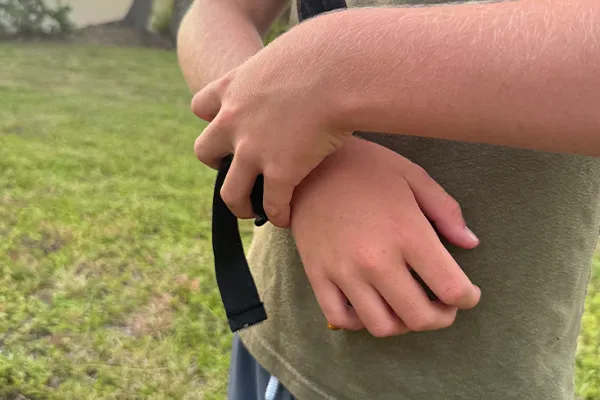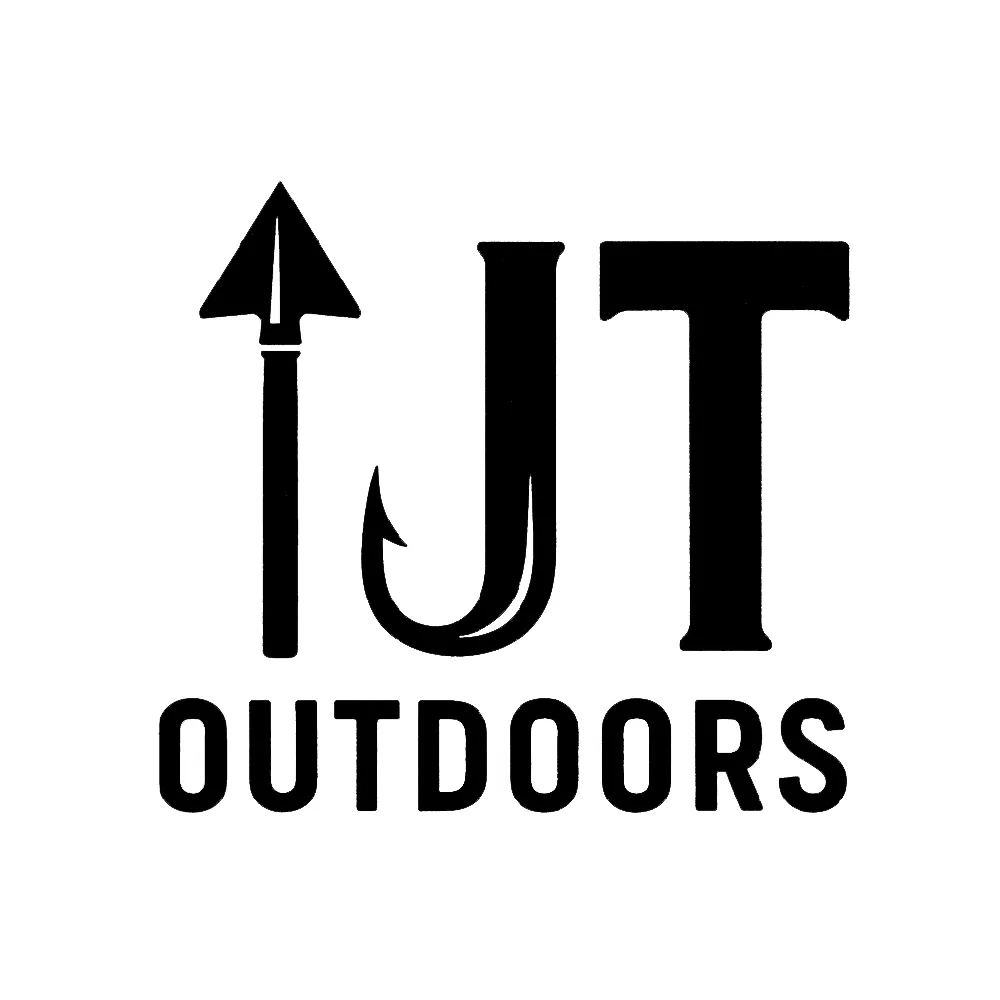
What I Wish I Packed on My First Archery Hunt (Beginner Gear Guide)
I’ll never forget the morning of my first archery hunt.
The crisp air, the silence just before dawn, the way everything seemed to slow down. I’d been practicing for weeks—maybe months. My broadheads were sharp. My bow was dialed in. I’d read every forum post and watched every gear breakdown on YouTube. I thought I was prepared.
I wasn’t.
That first hunt didn’t go terribly. But it was full of small, avoidable mistakes that added unnecessary stress to an already high-adrenaline experience. Looking back, I wish someone had told me: “You don’t just need gear—you need the right gear and a plan to use it.”
If you’re getting ready for your first archery hunt, here’s a breakdown of what I brought, what I forgot, and what I’ll never head into the woods without again.
The Non-Negotiables
Let’s start with the core of it all—your bow setup.
I brought a solid compound bow that I had been practicing with daily. My arrows were matched to my draw weight, and my broadheads were sharp and flying true. I had my release, a sight I trusted, and a quiver I’d used countless times at the range.

So what’s the big takeaway here?
Don’t mess with your setup the week before your hunt. It’s tempting to swap out components or try a new broadhead someone on Instagram swears by, but your first hunt is not the time to experiment. Stick with what’s familiar and reliable.
Also, bring:
A backup release (you don’t want one mechanical failure to ruin your hunt)
A bow sling or case for safer travel, especially if you’re hiking in
I’d also recommend practicing from awkward positions—kneeling, sitting, or from an elevation. You’ll rarely get a perfect, range-style shot in the field.
What Made the Day Easier
There were a few pieces of gear I didn’t expect to lean on as much as I did.
My Rangefinder
This thing was worth its weight in gold. In the heat of the moment, it’s easy to misjudge distance—especially in dense woods. I used mine constantly to range trees and landmarks so I’d be ready if a deer stepped out.

Wind Checker
I underestimated how important scent control really is. Even with scent-free detergent and careful prep, your body’s still producing scent as you hike in and set up. A wind checker helped me pick a smarter stand location and reposition when the thermals changed mid-morning.
A Seat Pad
It’s such a simple thing, but it made the biggest difference in my comfort level. I had planned to sit on a log, but that got uncomfortable fast. A lightweight seat pad meant I could sit longer, stay quieter, and avoid constantly shifting around.
Snacks and Water
This seems obvious, but adrenaline will make you forget to eat—and low blood sugar can mess with your focus and patience. I packed protein bars, jerky, and a hydration bladder in my pack. It kept me sharp, especially during the slow stretches of the hunt.
What I Forgot (and Regretted)
This is where I learned some hard lessons.
Game Bags
I made a good shot and managed to field dress my deer—but I had no clean way to pack out the meat. I ended up improvising with a tarp and paracord, which worked… poorly. It slowed me down, made a mess, and felt like I wasn’t showing the animal the respect it deserved. Game bags are light, cheap, and absolutely worth it.
Gloves
The forecast said “mild.” My hands said “numb.” I didn’t think I’d need gloves, but the early morning chill made it hard to feel my release or nock an arrow cleanly. A simple pair of thin, camo gloves would’ve saved me a lot of frustration.
Extra Batteries
My headlamp was fine this time. But what if it had died? If I had needed to follow a blood trail in the dark, I would’ve been stuck. Always pack backup batteries—or better yet, a second light source.
First Aid Kit

This wasn’t a major issue, but looking back, it was irresponsible not to have a proper first aid kit. Even a small cut from a broadhead or a fall in the dark could have been a big problem. Accidents don’t wait until you're close to your truck.
A Few Extras I’m Glad I Had
Sometimes, it’s the random things you throw in last minute that end up being the most useful:
Paracord: Used it to drag a deer, hang my pack, and even tie down gear in the truck bed.
Phone power bank: Kept my GPS app running all day, even with cold temps draining the battery.
Ziplock bags: Handy for snacks, organizing small gear, or keeping your tags dry.
Final Thoughts
The truth is, your first archery hunt probably won’t go perfectly. And that’s okay.
You might forget something. You might second-guess a shot, or fumble with your gear at the wrong moment. You might sit for hours and never see a thing. That’s all part of it. Archery hunting isn’t about instant success—it’s about learning the land, learning your limits, and respecting the process.
What makes archery hunting so rewarding is also what makes it so challenging: you have to earn it. You have to get close. You have to stay still. You have to make every movement count. And that kind of hunting forces you to be more prepared, more mindful, and more connected to the experience.
Looking back, the mistakes I made on that first hunt didn’t ruin it—they made it real. They forced me to slow down, take mental notes, and think about how to improve. That’s how you grow as a hunter. Not by chasing perfection, but by being willing to learn and adapt.
So if you’re getting ready for your first hunt, don’t stress about having the perfect gear list. Just focus on being present, paying attention, and treating every moment as an opportunity to learn. You'll build confidence one decision at a time.

Every hunt makes you better. Every sunrise in the stand teaches you something new. And with each trip into the woods, you'll become a little more prepared, a little more capable, and a whole lot more grateful to be out there.
Want my complete checklist of what to bring?
I turned everything I learned from that first hunt into a printable gear guide. Subscribe to the blog and I’ll send it straight to your inbox.

Facebook
Instagram
Youtube
TikTok